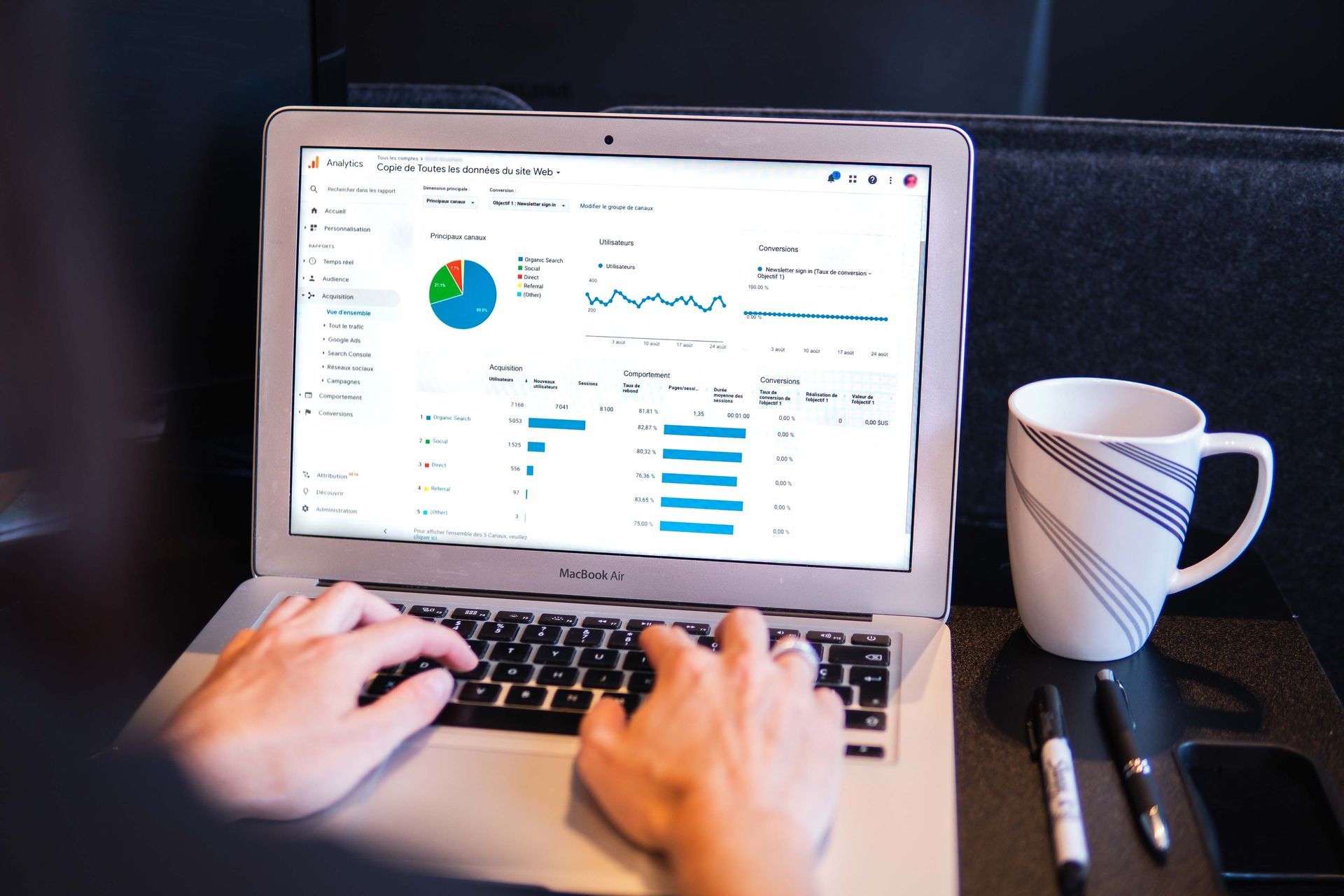New Paragraph

A Guide to Geofencing Marketing
November 9, 2020
If you’ve ever driven past your favorite coffee shop and received a discount notification on your phone or received a coupon for a store as you’ve walked by, you experienced geofencing marketing.
Geofencing technology has been around for some time. It’s location-based technology that uses GPS or RFID technology to create a digital fence around a geographic area. When a mobile device enters this fenced-off area, it can trigger events that send notifications to those devices. Geofences are used for a number of applications, including employee time tracking, ride sharing services, emergency alerts, and marketing.
First, a geographical radius needs to be established around a location — like a restaurant or a retail store. Then, using GPS information, a virtual boundary needs to be established around that location. From there, the business decides which messages will be sent when alerts are triggered.

Just like with other types of marketing campaigns, it’s important to segment your potential targets when using geofencing marketing and personalize messages based on the demographic specifics. You can send alerts when customers are nearby or on premise, send out alerts to those on WiFi or cellular data, or create different alerts for new and returning customers.
Geofencing is ideal for both brick-and-mortar and online businesses, and can work just as well for B2B marketing as it does for reading consumers directly with a B2C strategy. Below are some tips to make geofencing marketing work to help drive visibility and revenue.
Get Them On The Go
Where’s your smartphone? When was the last time you checked it? Chances are it’s usually within your reach, and you check it quite often — and customers do too. This means that there are many more opportunities to reach them with mobile advertising and reach them at a time where they’re close to a business. It keeps brands top of mind and increases the likelihood of motivating them to make a purchase.
More Accurate Lead Generation
Because geofencing marketing targets a specified local area based on demographic parameters you established, you can easily capture warm leads. This means that they’ll even skip a few steps of the sales funnel and be ready to buy by the time geofence triggers reach their devices. Even if customers don’t act on the purchase, brands will make a lasting impression in the palm of their hands.
Capture The Competition’s Customers
By creating a geofence boundary around the competitors, businesses can tap into their customer base and offer a much more enticing incentive. There’s also plenty of data that can be gleaned from pinging customer devices, like how often they visit the competition and when, helping understand patterns that could shape future marketing messages and offers.

Collect Valuable Data
Another benefit of geofencing is that it offers another layer of data that gives insight into shopper behavior. Which of your customers respond to offers and how quickly? Where are these conversions located? What products are they choosing to buy with the discount you’re offering? These are great tips that can help shape future marketing messages, either through geofencing or other channels like social media.
Optimizing Omnichannel
For service-based and local businesses that depend on revenue from the communities around them, paid search and social ads with location targeting offer ROI. Using geofencing data can help ad campaign managers zero in on specific zip codes that they know contain a higher volume of leads. Budgets are streamlined and money isn’t wasted on leads that have a smaller chance of converting.
Personalize The Process
Customers get offers all the time from retailers, through channels like email or social media. Because geofencing marketing can be highly targeted and based on real-time data, you can personalize messages to address their interests or pain points. From there, geofencing data can be used to personalize ads and messages even further.
Using geofencing can boost your existing marketing strategy exponentially and drive revenue, something that many local businesses need right now more than ever. If you’re ready to get started, get in touch with our team of consultants. We can help identify your sales goals and the role that geofencing marketing plays, along with establishing and implementing the strategy. Let’s start the conversation to help your business grow and thrive.





